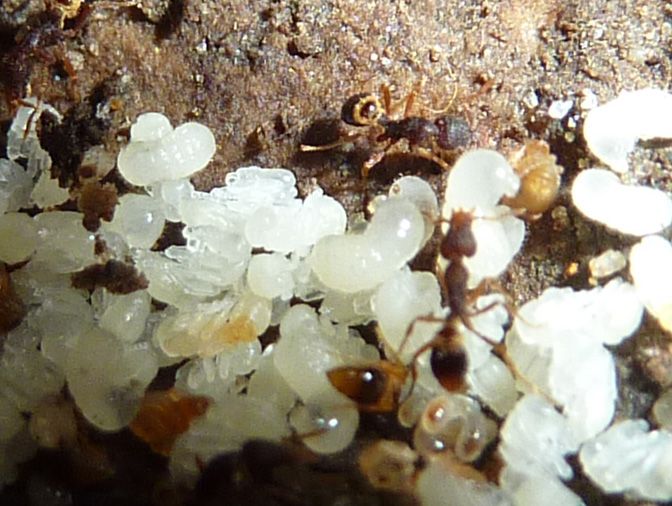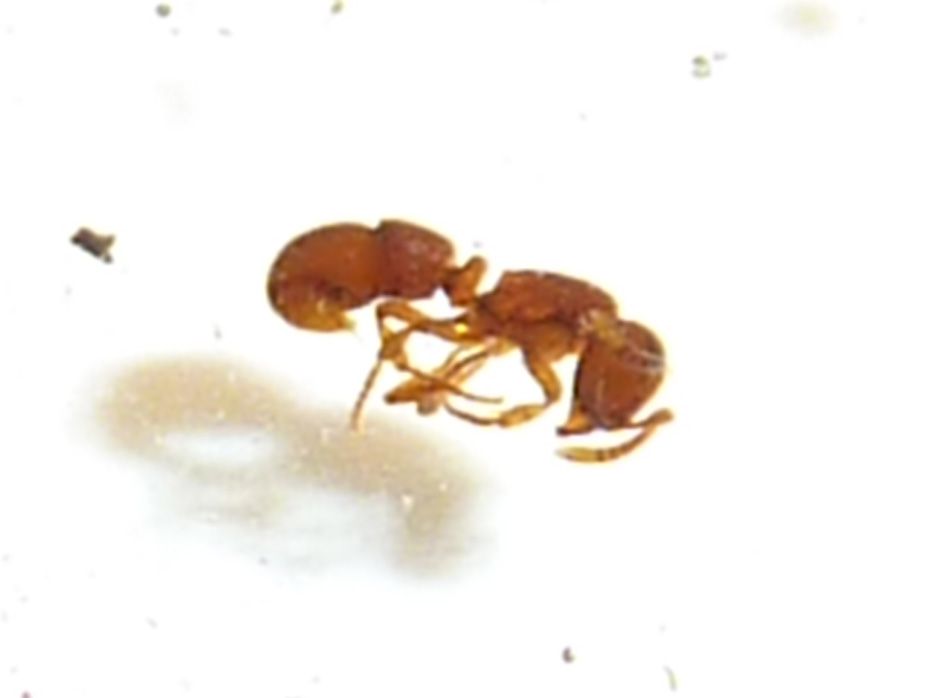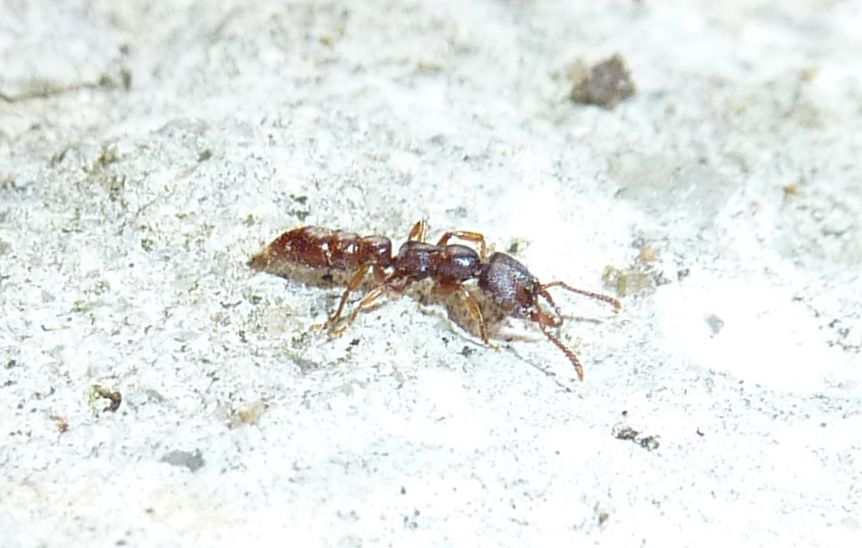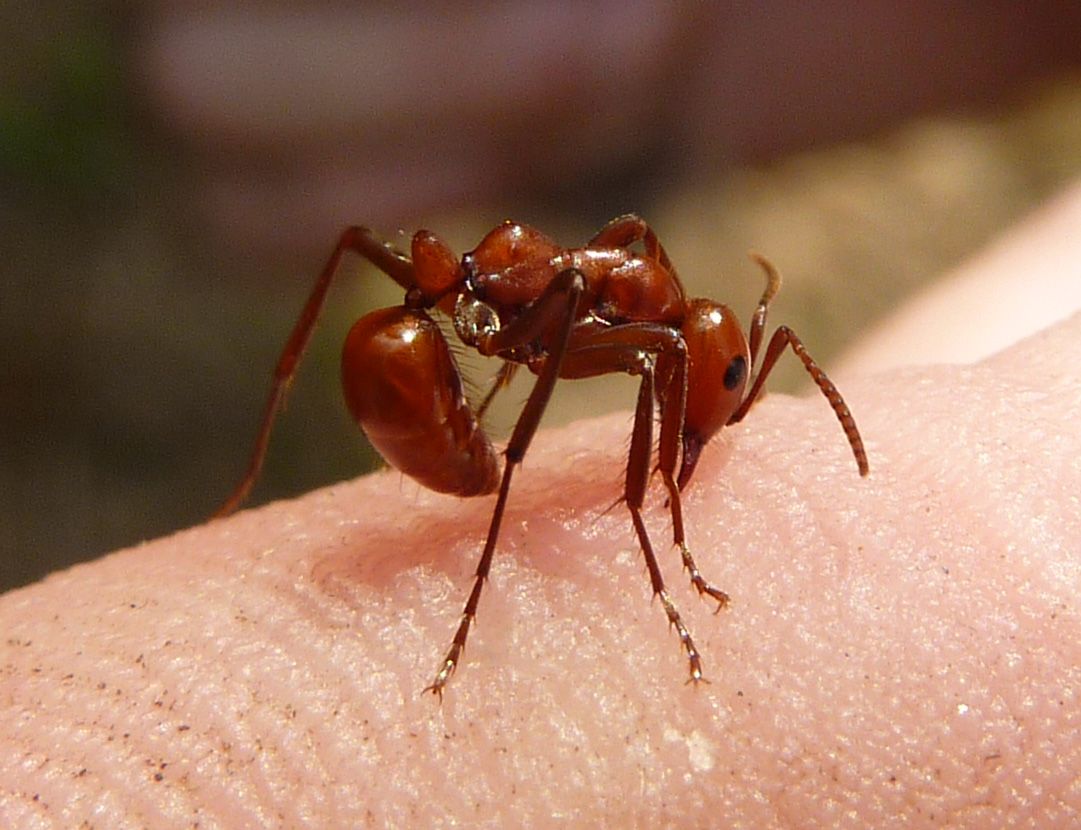Thursday, July 26, 2012
Ant Chat Episode 39: The First Annual New Jersey Ant Together
On Sunday July 22, a few of us ant enthusiasts got together at the Rancocas Nature Center and Turkey Swamp Park to see what we could find.
We spent most of the day at Rancocas where we found a lot of the usual suspects among ants. Camponotus chromaiodes, C. pennsylvanicus, assorted Aphaenogaster, Formica and Lasius species. Most of these are ants you can find in your own backyard or local park provided there are trees around, dread wood present, or rocks to look under.
Some of the rarer ants though included a Pyramica colony, which are specialized predators of springtails and only found in leaf litter and rotting wood.
The Pyramica colony we found in better detail thanks to Matt.
Proceratium is another such specialized predator. The end of the gaster in its normal state curves around to point forward. This allows the ant to sting pray items in the tightest of spaces. This is not an ant one typically finds without sifting through leaf litter and dead wood.
Stigmatomma pallipes, (formerly Amblyoponera) is a specialized predator of centipedes. After taking down a pray item they haul it back to the nest for their larva to devour. In normal ant societies the larva would then regurgitate the digested food for the workers, however these ants don't do that. Their common name Dracula Ants because the workers will puncture their own larva in nonlethal ways to feed on the hemolymph (insects blood) within. A pretty cool find if I do say so myself.
Polyergus lucidus was another cool find, and somewhat more common. They're parasitic ants that raid Formica colonies for developing cocoons. Brought back to the nest the young Formica workers are born into the Polyergus colony and go about their normal tasks of foraging and maintaining the nest. Polyergus are sometimes called slave raiding ants because of this but the term isn't all that accurate. The Formica workers are doing what they would do naturally had they been born into their own Formica colony.
Formica exsectoides by far was the most impressive ant I've seen to date. Their mounds are massive, they forage a good 60 to 90 yards away, they setup sub colonies pretty much wherever there is sun, and you can hear them rustling through the leaves of the forest floor. They spray acid to fend off bear attacks on their mounds! These ants are awesome!
Overall this was a successful ant trip, and I hope to do this again next year.





